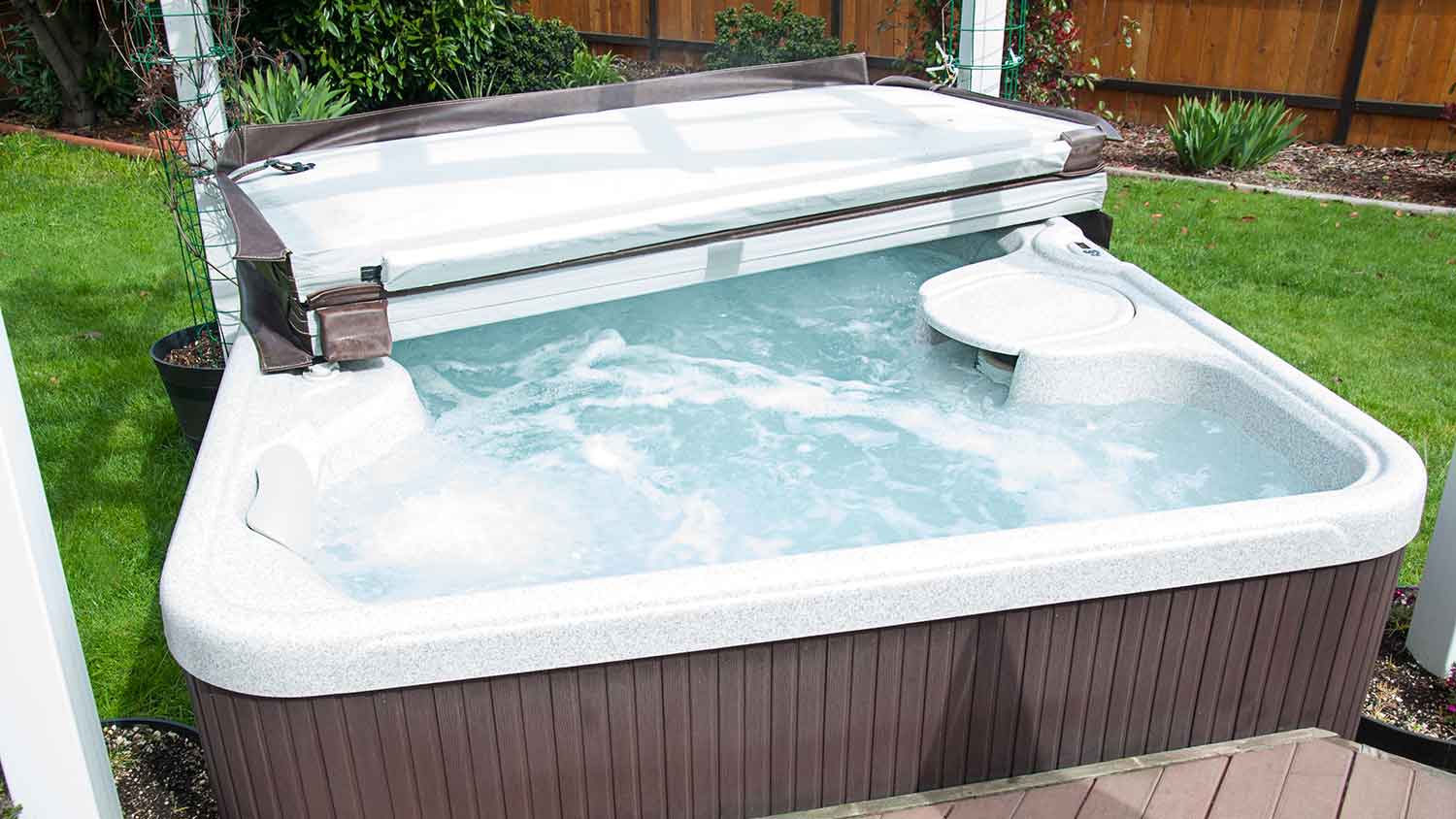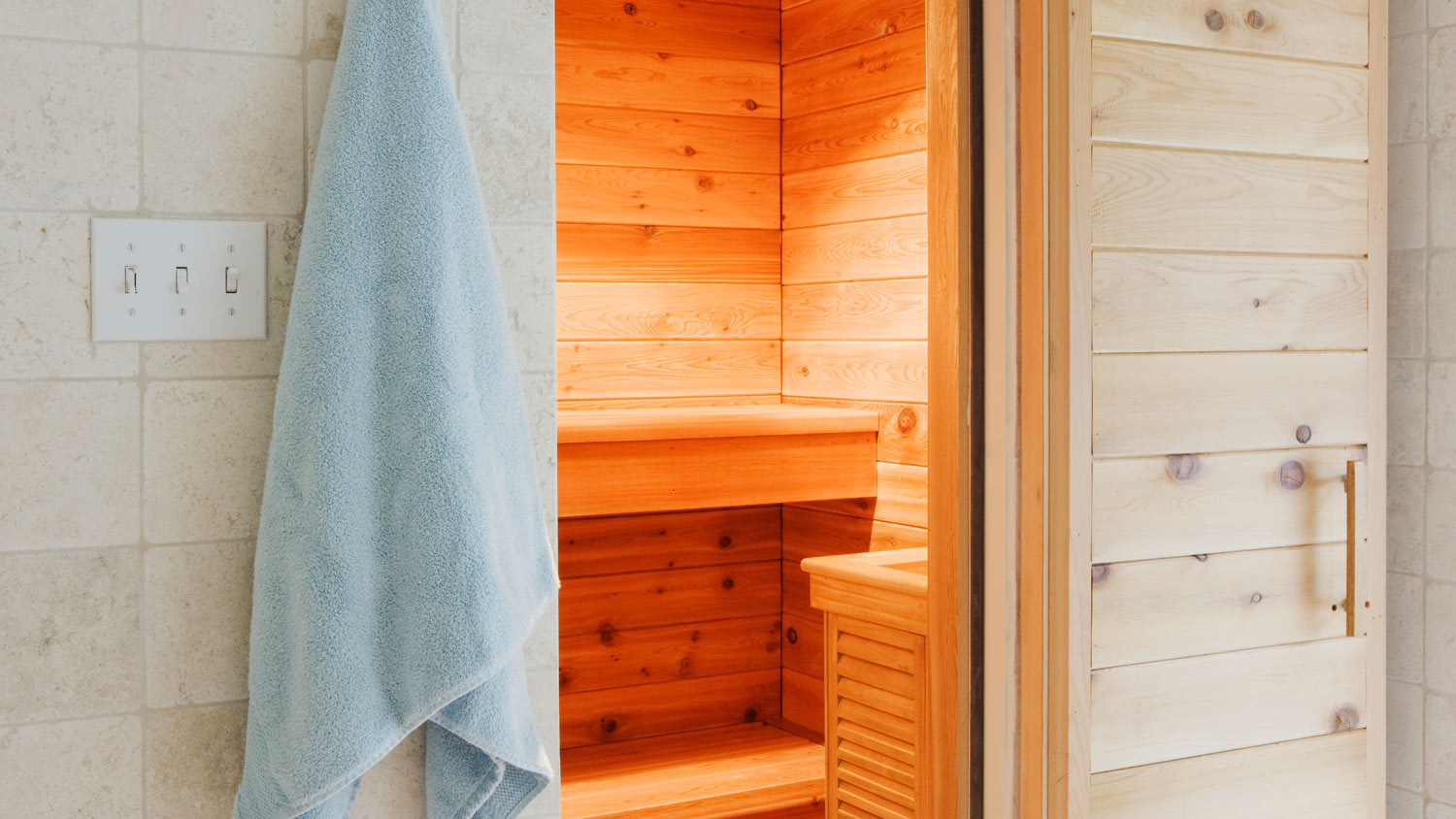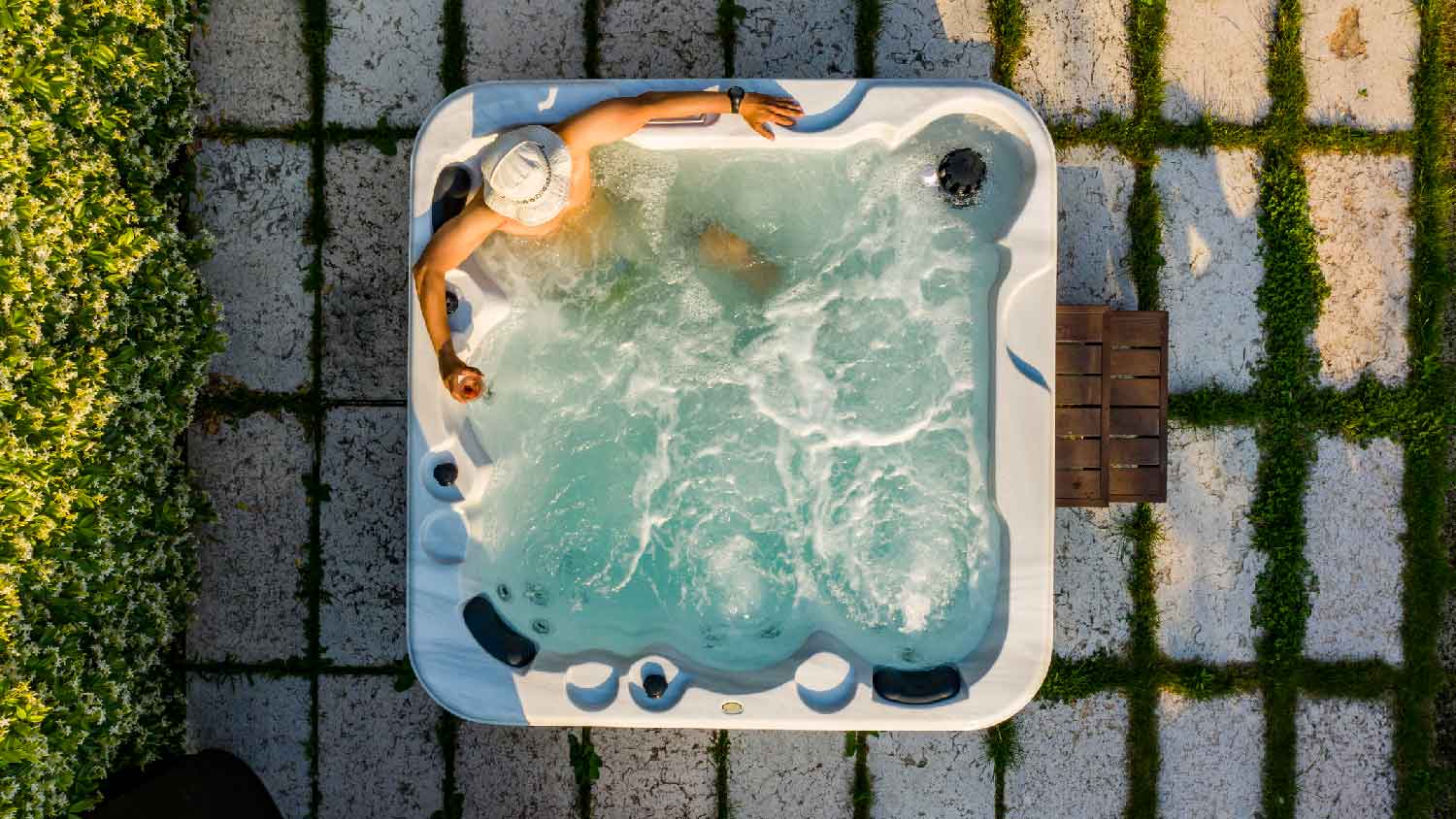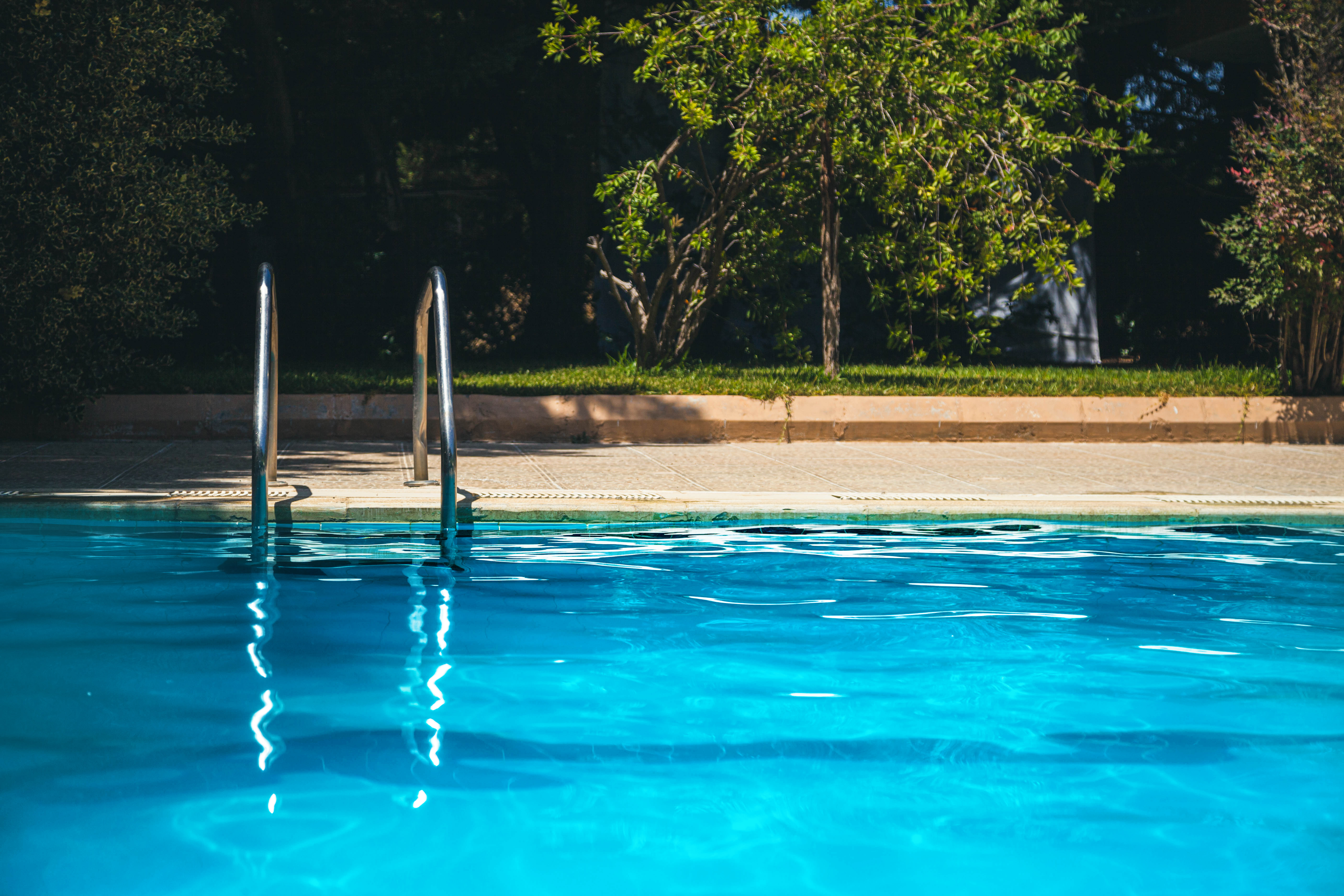
Wondering about hot tub cover costs? Learn what impacts pricing, compare materials, and discover ways to save on your next hot tub cover purchase.
Slime isn't always kids' stuff


A pool that's slimy on the surface typically has too much algae growth.
A chemical imbalance, filter problems, and high pH can cause a slimy pool.
Shock treatments and implementing pool rules can help prevent pool slime.
You, your family, and neighbors aren't the only ones who love to go for a dip in your swimming pool. When the conditions are just right, algae will be more than happy to call your pool home. If you're wondering "why is my pool slimy," the answer is likely out-of-control algae growth. Here's what causes it and how to rein it in.
When's the last time you checked the chemical balance of your pool water? Many types of swimming pools use chlorine to keep algae and other microorganisms away. Chlorinated water isn't a welcoming environment for these critters.
But several things can throw your pool water chemicals out of whack. For example, a heavy rainstorm can dump a lot of unchlorinated water into your pool, creating better conditions for algae growth. Forgetting to keep up with chemical treatments can also lead to lower than ideal chlorine levels—and a slimy feel.
Restoring your pool's chemical balance will kill off any existing algae and keep more from taking over. A shock treatment will raise the chlorine levels in the pool and kill the algae.
But don't use the pool for at least 48 hours after the shock treatment. Use a pool testing kit to make sure the chemical balance is restored, then use a pool brush and vacuum to clean away any lingering green algae and to reduce the slime.

Your pool's filter keeps nasty stuff from getting into the pool, whether it's dirt, debris, or microorganisms. Without regular maintenance, that filter can become blocked, meaning algae can have free reign in your pool.
Check and clear out the pool's filter regularly, at least once a week during the season. You may also want to deep clean the filter to remove any sticky buildup or replace it as recommended to help keep it clear.
Ever notice that some public pools require you to shower before you get in? That's because any personal care products on your skin or hair—whether it's lotion, sunscreen residue, or that deep conditioning treatment you left in overnight—can build up in the pool water.
You may be able to see the impact of too many personal care products on your pool's water as well as feel it. The oily lotions and potions will leave a rainbow-colored slick on the water's surface.
Rinse off before hopping into the pool and ask anyone else who wants to go for a swim to do the same. After applying sunscreen or another lotion, wait about 20 to 30 minutes before you approach the water. Doing so will give the product plenty of time to soak into your skin, making it less likely to be wasted when you rinse off before your swim.

Pool water should be relatively neutral, not too acidic or too basic. The ideal pH for your pool is around 7.5. Higher pH levels create an ideal environment for algae growth.
If you suspect that your pool's pH is creeping up, you can use test strips to determine its level. Dip the test strip in a water sample and look at the result.
You can use a pH reducing product to lower the pH in your pool and keep the algae from turning it into a slime factory. Along with using the pH reducer, it's good to check the pool filter and to clean the pool to remove any debris that may be affecting its pH level.
A slimy pool may feel slick and slippery when you step into it. Often, you'll be able to see and feel evidence of the slime, such as green buildup on the pool walls and floor. If you cover the pool regularly, you may notice that the cover develops a slick residue on its surface, too.
While you can perform shock treatments and pool cleanings yourself to get rid of the slime, it makes sense to call in a local pool repair pro in some cases. For example, if you've never shocked your pool before or are concerned that the filter is busted, have a pro come over to take a look and recommend the appropriate next steps.
Regular pool maintenance is the key to slime prevention. Cleaning the pool, checking the filter regularly, and testing the water often will all help to keep algae growth—and the resulting slime—away.
From average costs to expert advice, get all the answers you need to get your job done.

Wondering about hot tub cover costs? Learn what impacts pricing, compare materials, and discover ways to save on your next hot tub cover purchase.

Discover how much installing a steam room costs, including average prices, key cost factors, and tips to save on your steam room installation.

Hot tub repair costs will depend on the type and severity of the issue. Our cost guide will help you decide whether to DIY or hire a professional.

Does your hot tub have you seeing green? Get the answer to "why is my hot tub green" and find out how to get the water back to normal.

Discover how much a pool vacuum costs, including average prices, installation, and maintenance factors to help you budget for a cleaner pool.

Struggling to lift the cover off of your hot tub? If you're wondering "Why is my hot tub cover so heavy," the good news is it's the cover, not you.